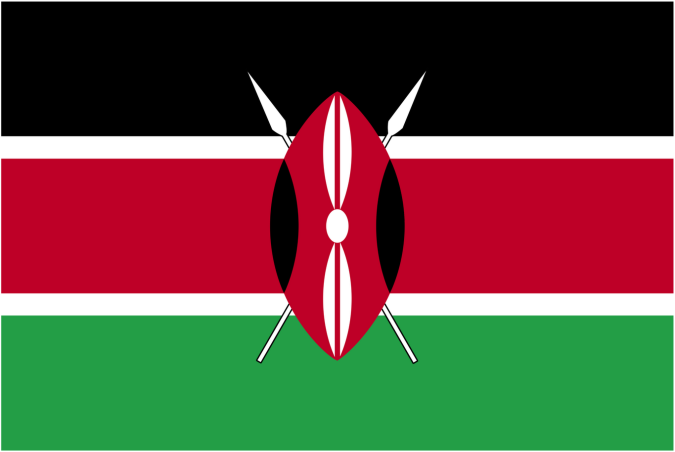KENYA: Cash payment still 'King' despite digital money growth- survey

Cash is still the most preferred mode of payment in the settlement of everyday transactions in Kenya, latest report by Financial Sector Deepening (FSD) shows.
The report capturing period between July 2016 and July 2019 shows informal workers and traders in the country received over 90 per cent of their payments in cash.
Farmers for instance received 93 per cent of their payments in cash with only five percent receiving via bank transfer. Only two per cent received their payment via mobile money.
Casual workers on other hand received 97 per cent of their payments in cash, seven per cent mobile money with less than two per cent receiving via bank transfer.
Almost 90 per cent of dependents got their money in cash, 33 per cent via mobile money while 10 per cent got thorough other modes of payment.
The report further shows that 96 per cent of traders in the country received their payments in paper form while 19 per cent of other payments were done using mobile money and other forms of payment.
Even so, trend changed for those in formal employment, with 55 per cent receiving their money via bank transfer, 37 per cent in cash, nine per cent through mobile money and five per cent via other modes.
‘’While mobile money has been the story behind the expanding financial inclusion which now stands at 89 per cent according to the recently published FinAcess HouseHold Survey, it is the cold hard cash that still bares significance,’’ the report said.
The digital wave has however attracted some informal players in the past three years, with farmers receiving cash declining by 4.2 per cent while those receiving via mobile money increasing by 1.2 per cent and 1.6 per cent via bank transfers.
Those in formal employment receiving payment via cash dropped by 9.5 per cent during the period under review with bank transfer and mobile money increasing by 7.4 and 2.8 per cent respectively.
The percentage of dependents receiving income in-kind increased from 0.5 per cent in 2016 to 5.7 per cent in 2019 while those receiving cash and digital income declined. More research is needed to investigate the reasons behind this.
While the uptake of mobile money accounts has increased, reported frequency of mobile money transactions has not.
According to the report, just under half of domestic remittances and 30 per cent of bill payments are now made via mobile money.
‘’Mobile money is an optimal solution for remittances over distance, and bill pay solutions are well integrated into business systems for services such as electricity. However, bank transfers are preferred for school fee payments, raising the question of why mobile money has not moved into this space,’’ FSD said.
SOURCE: THE STAR / VICTOR AMADALA
 Africas leading resource for digital financial services
Africas leading resource for digital financial services


comments